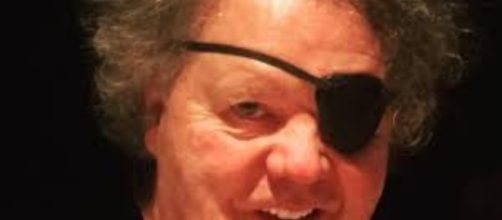In an age when artists outsource their work and take full credit for it when the legitimacy of their signature has gone the way of the flip phone, news that America’s popular glass sculptor Dale Chihuly is being sued for passing off work he didn’t do as his, seems an historical inevitability.
Who did what exactly?
Last week, Michael Moi filed a lawsuit in King County Superior Court in the artist’s home state of Washington claiming that he participated in a “myriad of clandestine painting sessions” with Chihuly for which he was never paid or credited as promised.
How important is the “painting” in the Glass-works? The coloring is its claim to fame and is what the artist is famed for. He’s also famed for getting others to produce work that his fans line up to see in the belief they’re seeing the genuine article.
Building a reputation on other people’s work
But according to the Seattle Times, the newspaper in Chihuly’s home state, what you see is not necessarily his. What’s more, his “limited editions” aren’t all that limited. Instead, they’re mass-produced - factory-style – enough to fill warehouses. Are you getting this? Here’s this beloved artist said to be America’s best-known, who abuses the privilege by cheating his public two ways: by signing work that’s not his and by selling limited editions that aren’t limited.
Prices for his supposed originals run from $7,000 to ten times that amount.
Guilty or not guilty, that is the question
As for who should be credited for Chihuly’s “hand-painted glasswork, it sounds like he thinks it should be him. He told the Seattle Times, "I start the painting. I figure out how I want it painted, and then there are other people that paint it." But Portland Art Museum curator Bruce Guenther is not confident about attributing anything to the artist.
He told the newspaper that he was at a loss to know how to think about Chihuly’s output. “At some point, you lose faith in a production that is so distanced from the artist, from the creative mind that brought it out initially. At what point is there a loss of faith in the work and an erosion of the brand?"
And there’s plenty of guilt to go around
Chihuly isn’t the only bad guy in the story of an artist palming off another’s work as his.
In 1982, British art dealer Peter Moore sued Salvador Dali, contending that the painter signed works made by others. This is not hard to believe. It was the Surrealist's habit to put his name to blank pieces of paper, which gave the fake print industry its start. Maybe it’s time for the Art World to get some oversight.


